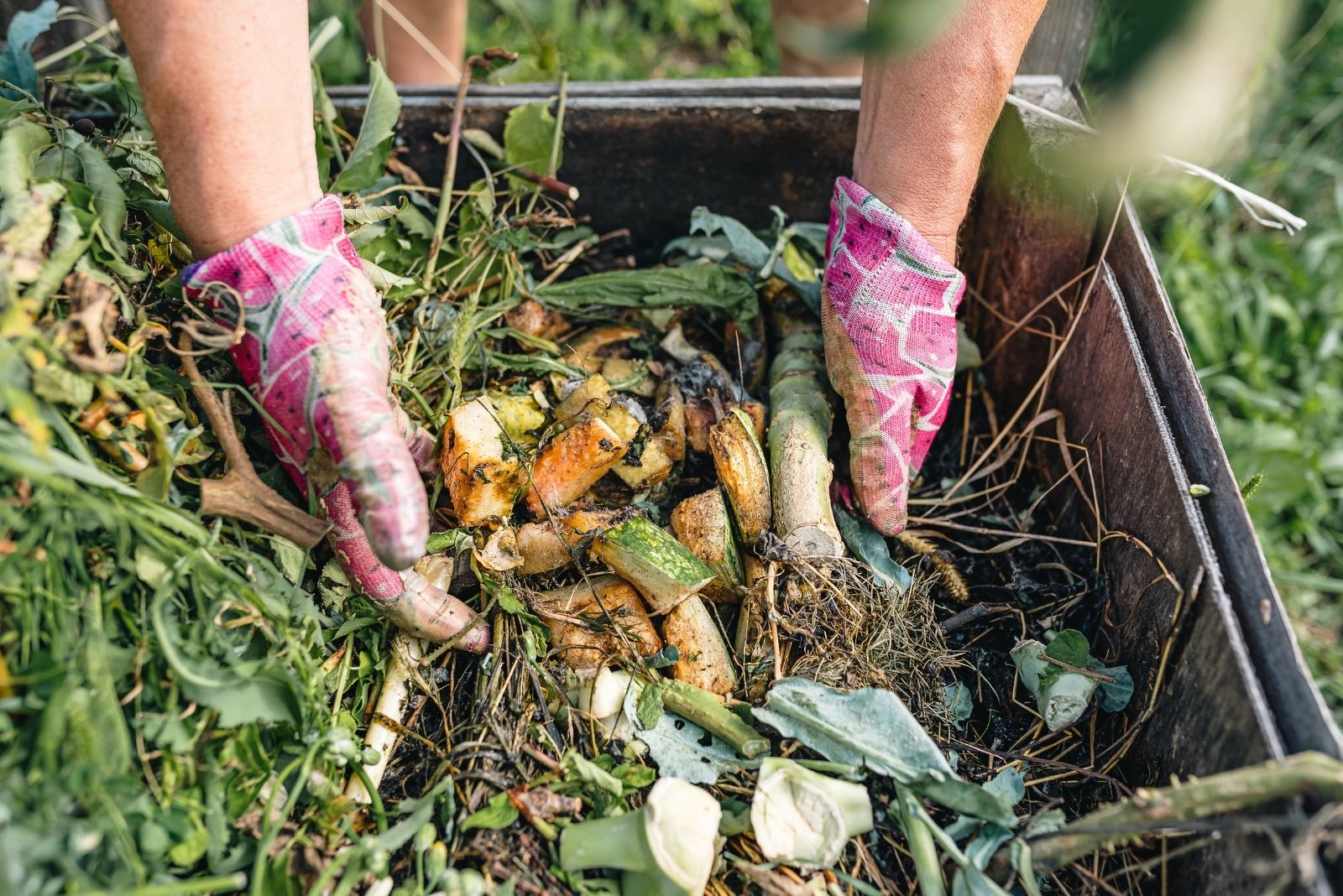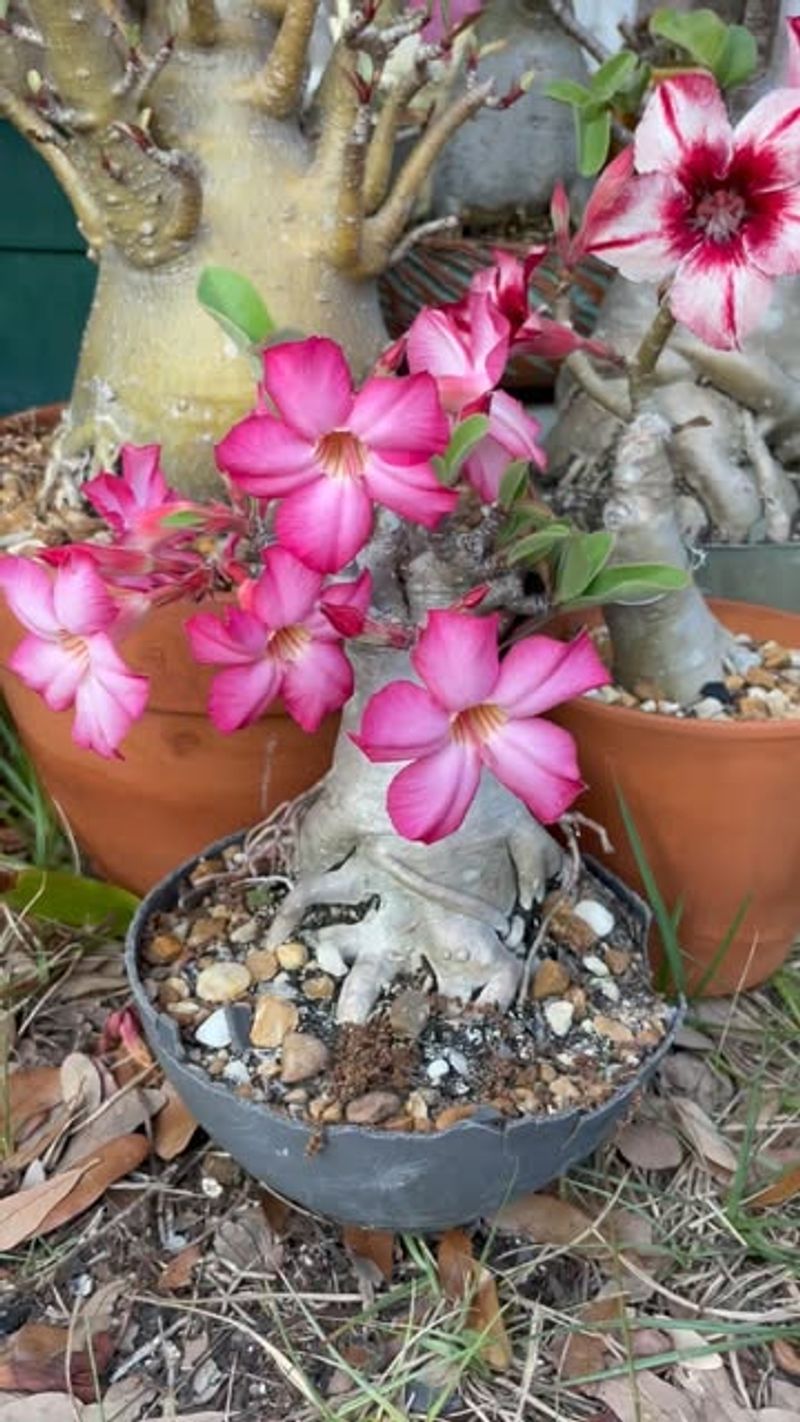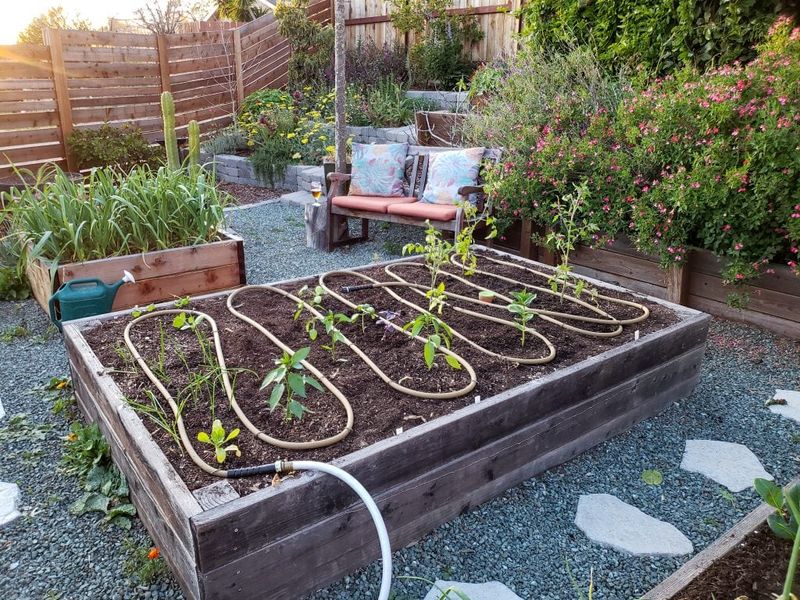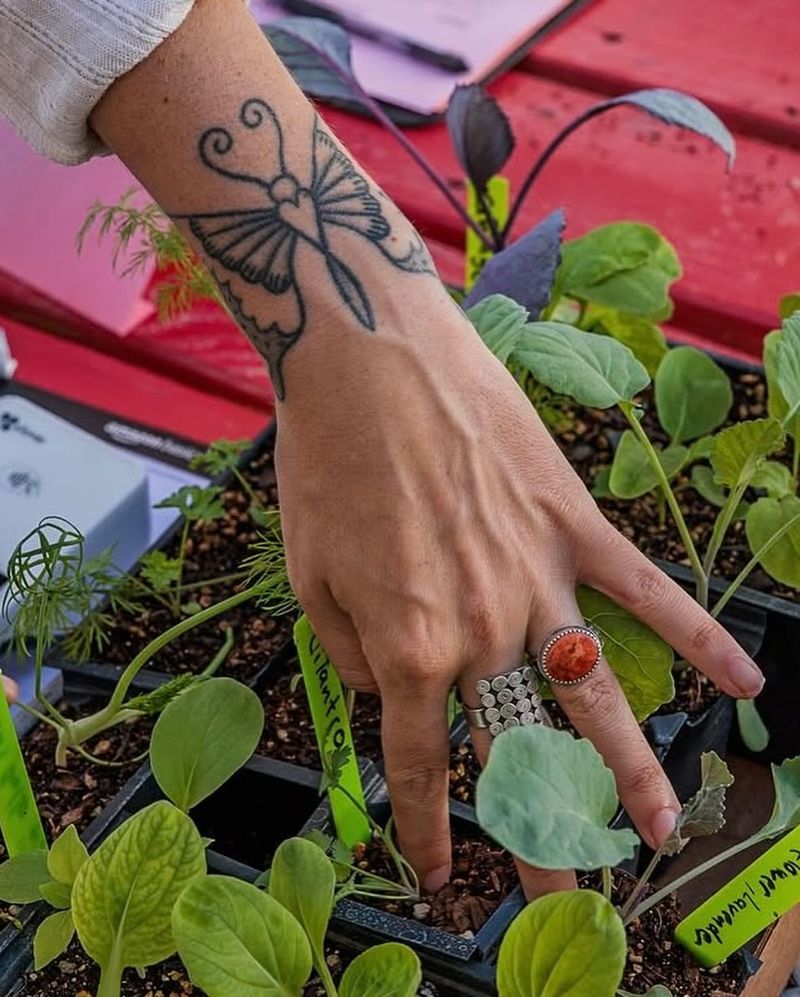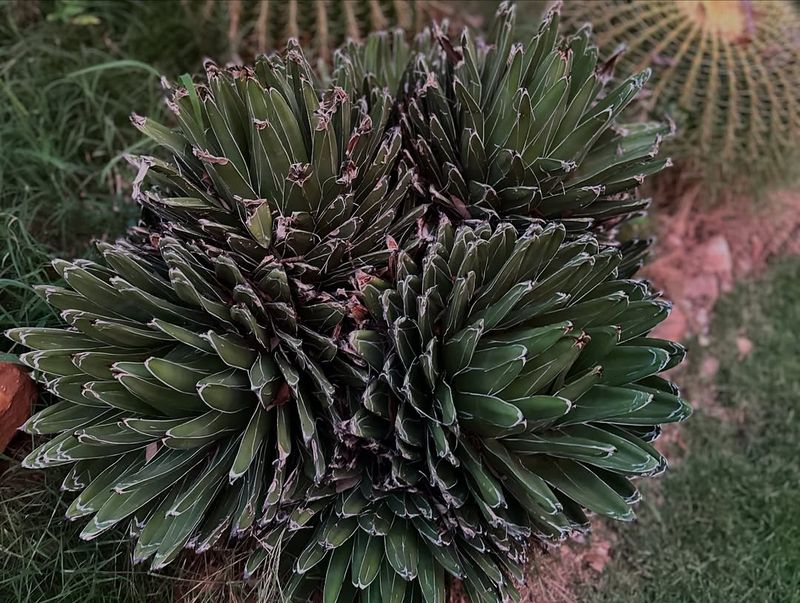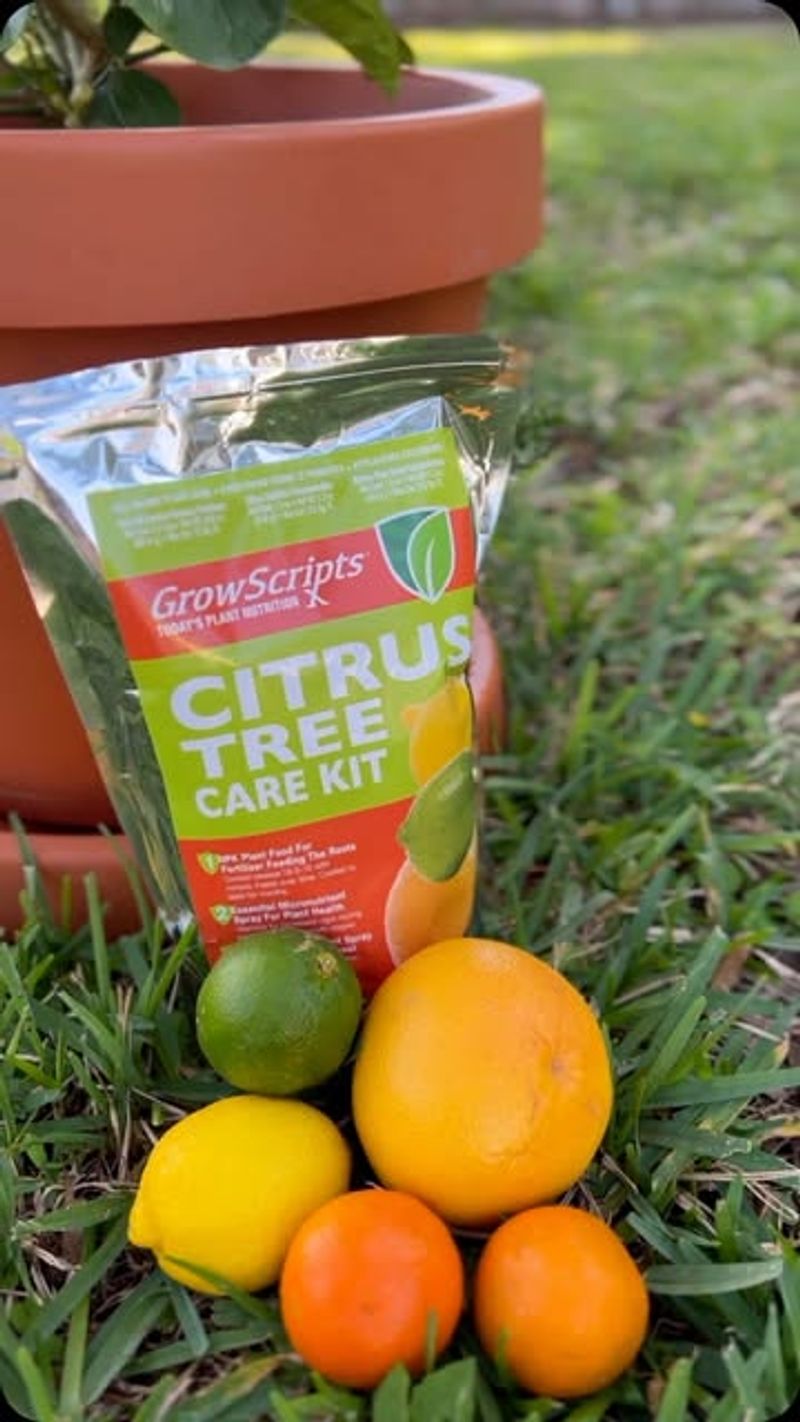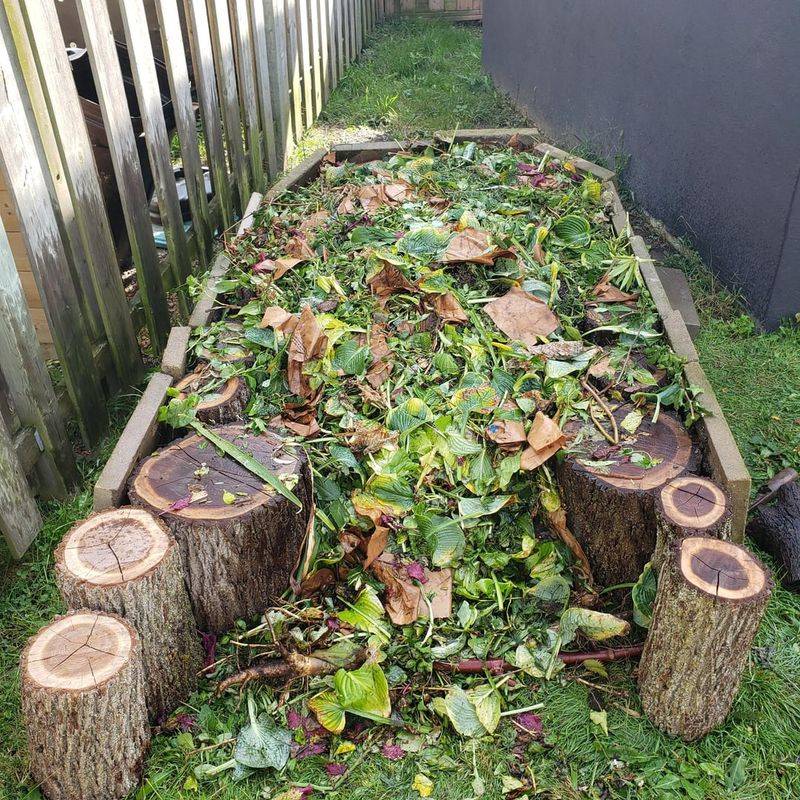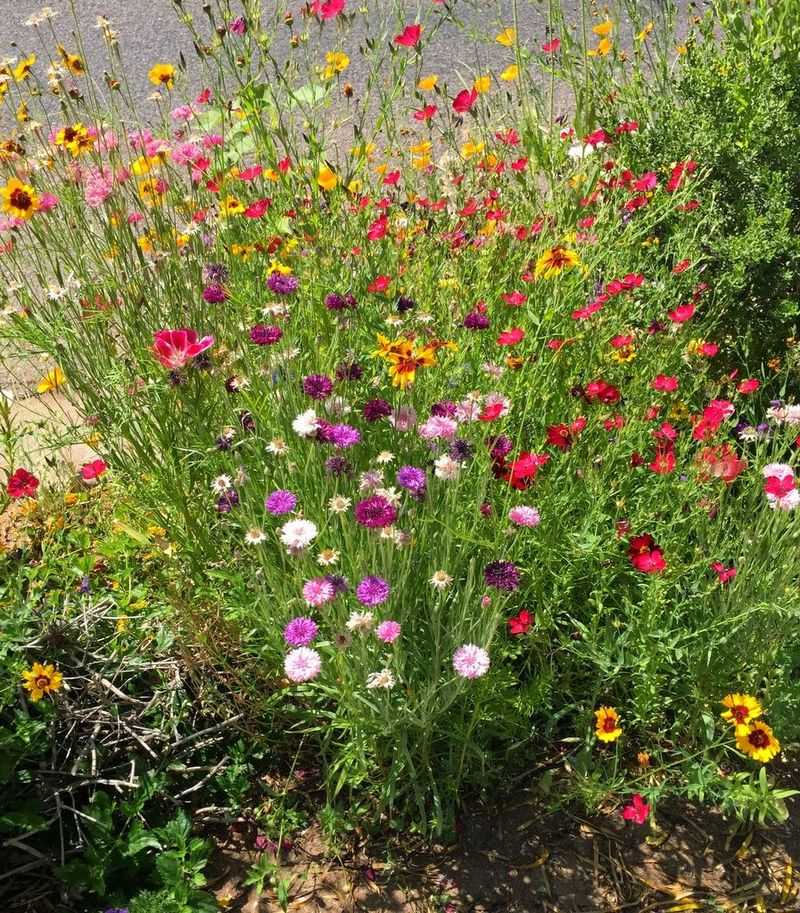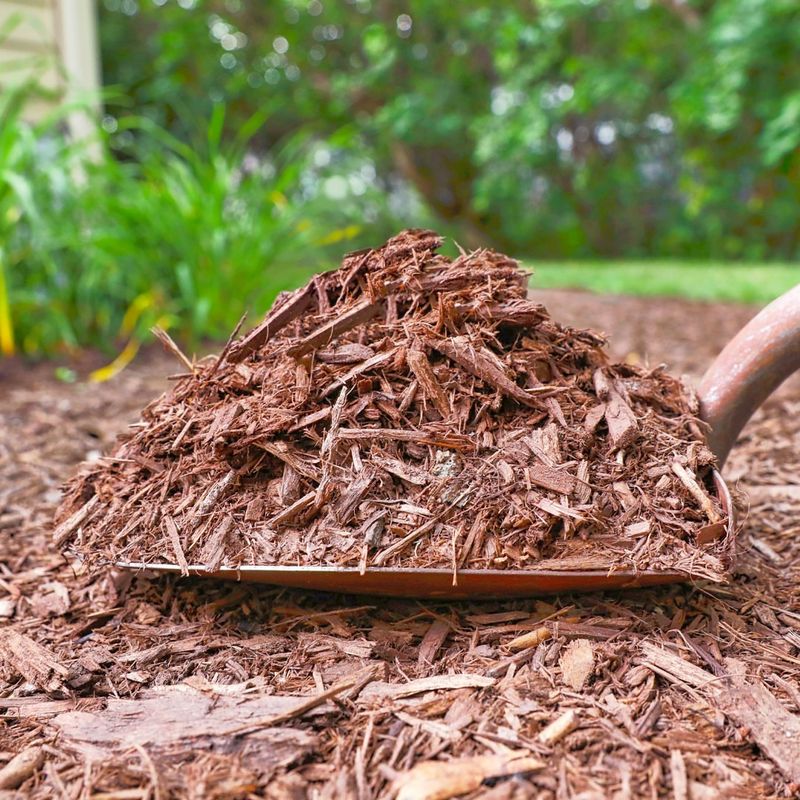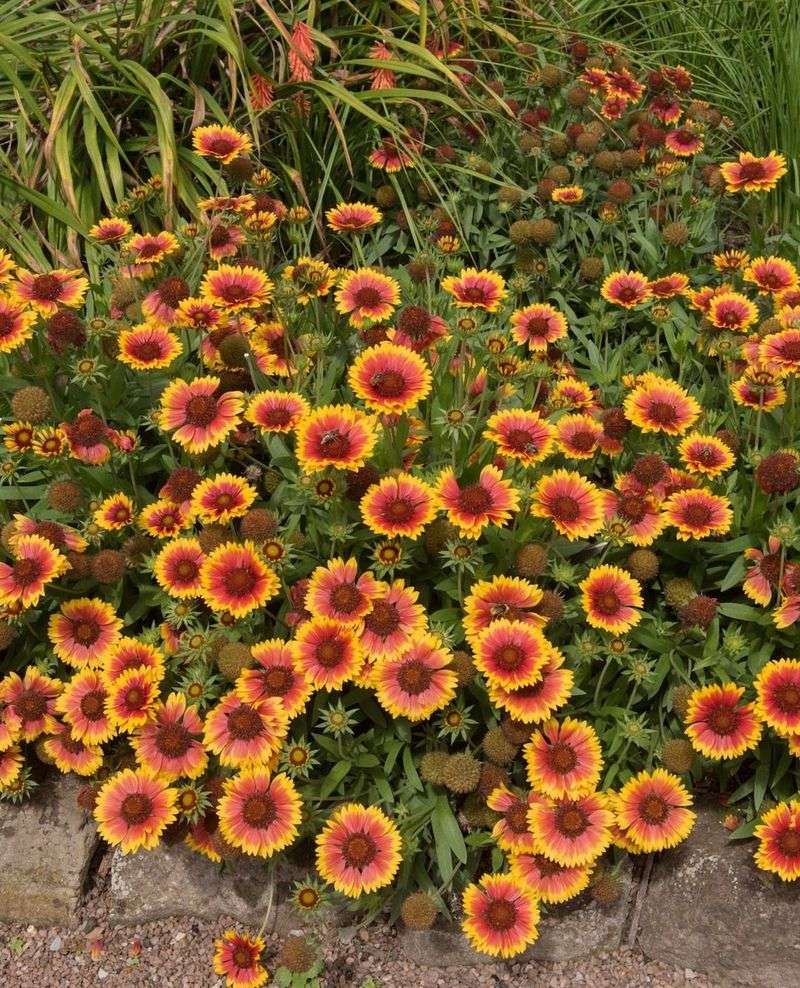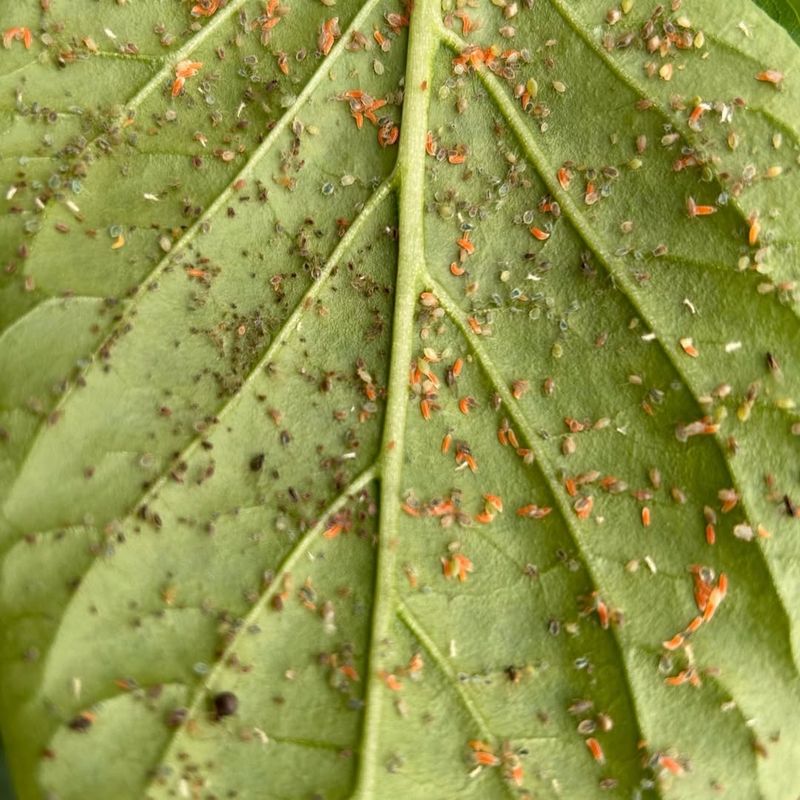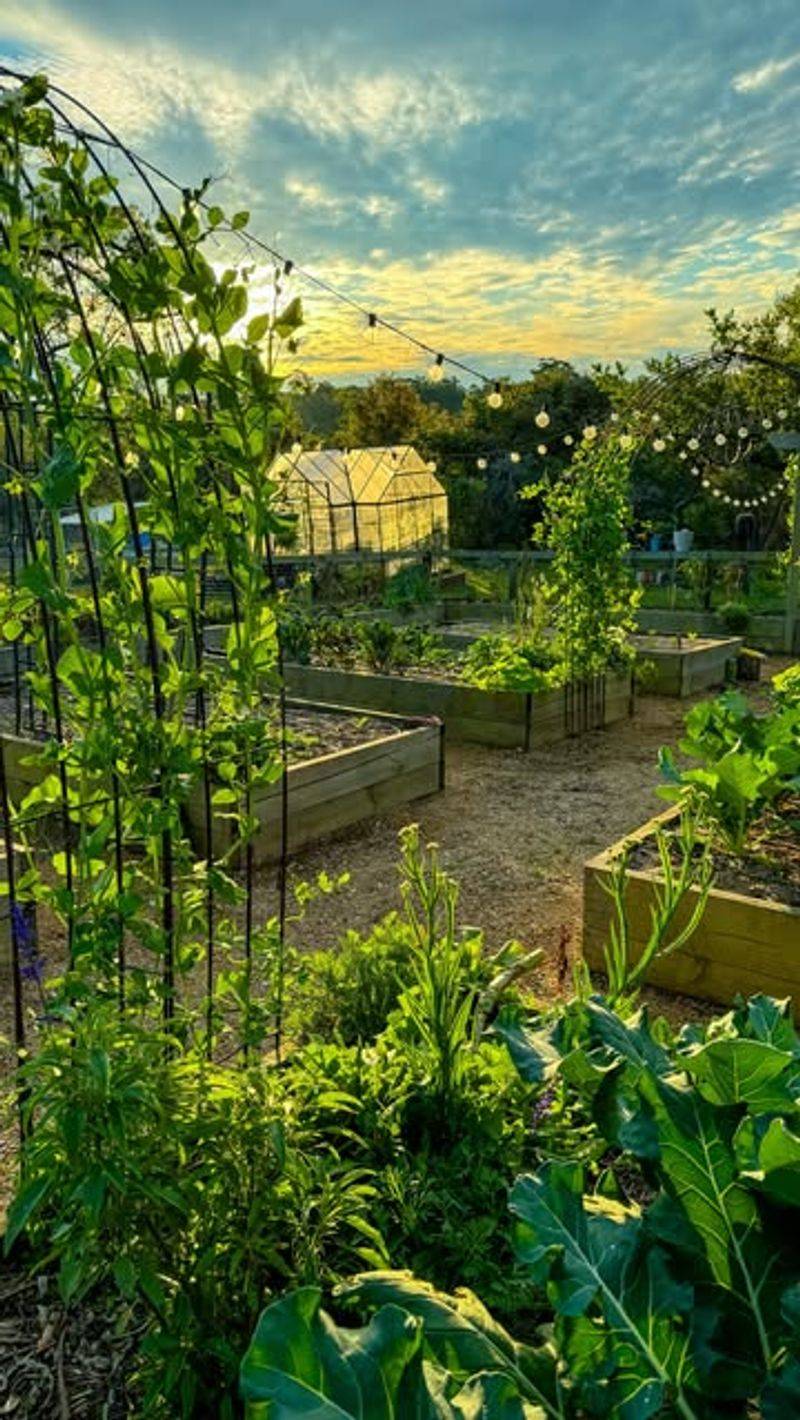October brings cooler temperatures to Arizona, offering a welcome break from the scorching summer heat. Desert-adapted plants, cacti, succulents, and seasonal vegetables all need attention during this transitional month.
A well-planned October checklist helps gardeners prepare their yards for the mild winter ahead while taking advantage of ideal planting conditions.
1. Prune Desert Roses Before Frost Arrives
Cooler nights signal the perfect opportunity to trim back leggy growth and remove dead branches. Desert roses respond well to light pruning during this season, encouraging healthier blooms come spring.
Sharp, clean tools prevent disease spread and ensure smooth cuts. Focus on shaping the plant rather than heavy cutting, which can stress it unnecessarily.
In my own Arizona garden, I noticed that October pruning helps these beauties maintain compact growth through winter months.
2. Check Irrigation Systems For Winter Efficiency
Water needs drop significantly as temperatures cool, making this the ideal time to adjust timers and inspect drip lines. Leaks and clogged emitters waste precious resources and can damage plant roots.
Walk through your yard and look for pooling water or dry spots that indicate system problems. Replacing worn parts now prevents bigger headaches later.
For me, October is the perfect time to dial back watering schedules by about thirty percent compared to summer settings.
3. Prepare Vegetable Beds For Fall Planting
Arizona gardeners enjoy a second growing season thanks to mild fall weather. Lettuce, spinach, carrots, and broccoli thrive when planted in October’s cooler conditions.
Work compost into beds to improve soil structure and add nutrients depleted by summer crops. Loose, well-draining soil gives roots room to establish before winter.
Test soil pH if you haven’t recently, as desert soils often run alkaline and may need amendments for optimal vegetable growth.
4. Protect Succulents From Unexpected Cold Snaps
While Arizona winters stay mild, occasional freezes can damage tender succulents and cacti. Moving potted specimens closer to walls or under eaves provides extra protection.
Keep frost cloth handy for nights when temperatures dip below freezing. Covering plants temporarily shields them from cold damage without permanent setup.
I’ve seen neighbors skip this step, but it really helps with preventing brown spots and mushy leaves on sensitive varieties like jade plants.
5. Fertilize Citrus Trees One Last Time
Citrus trees benefit from a final feeding before they slow down for winter. This application supports fruit development and strengthens branches for the harvest season ahead.
Choose a balanced fertilizer formulated for citrus, applying it evenly around the drip line. Water deeply afterward to help nutrients reach root zones.
Timing matters here because feeding too late encourages tender new growth that frost could damage. Early October hits the sweet spot.
6. Compost Yard Waste Before It Piles Up
Fall cleanup generates plenty of organic material perfect for composting. Dried leaves, spent annuals, and trimmed branches break down into nutrient-rich soil amendment over winter months.
Layer brown materials like dried leaves with green materials such as grass clippings for balanced decomposition. Turn the pile occasionally to speed up the process.
Starting now means you’ll have beautiful compost ready for spring planting. Desert conditions actually help materials break down faster due to heat retention.
7. Plant Cool-Season Wildflower Seeds
October rains combined with cooler temperatures create ideal conditions for wildflower germination. Poppies, lupines, and desert marigolds add spring color when planted now.
Scatter seeds over bare soil and rake lightly to ensure good contact. Water gently until seedlings emerge, then reduce frequency as plants establish.
Native wildflowers require minimal care once established and attract beneficial pollinators to your garden. They’re perfectly adapted to our arid climate and temperature swings.
8. Mulch Around Trees And Shrubs
Adding a fresh layer of mulch conserves moisture, regulates soil temperature, and suppresses weeds during the cooler months. Organic mulches break down slowly, improving soil quality over time.
Keep mulch a few inches away from plant stems and tree trunks to prevent rot. A three-inch layer provides adequate protection without smothering roots.
Wood chips, shredded bark, or decomposed granite all work well in Arizona landscapes. Choose materials that complement your garden’s aesthetic while serving practical purposes.
9. Divide Overcrowded Perennials
Perennials that have outgrown their space benefit from division during October’s mild weather. Splitting clumps rejuvenates plants and gives you extras to fill bare spots or share.
Dig around the plant’s base and lift the entire root ball. Use a sharp spade or knife to separate sections, ensuring each has healthy roots and shoots.
Replant divisions immediately and water thoroughly. This process works especially well for daylilies, agapanthus, and ornamental grasses common in Arizona yards.
10. Monitor For Late-Season Pests
Cooler weather doesn’t eliminate all garden pests. Aphids, whiteflies, and spider mites remain active and can damage plants weakened by summer stress.
Inspect the undersides of leaves regularly for signs of infestation. Early detection allows for targeted treatment before populations explode.
Insecticidal soap or neem oil provides effective control for most common pests. Strong water sprays also dislodge many insects without chemical intervention.
11. Clean And Store Summer Garden Tools
Summer’s intense use leaves tools dirty, dull, and sometimes rusty. October offers a natural break to clean, sharpen, and properly store equipment before winter.
Scrub dirt from metal surfaces and apply a light oil coating to prevent rust. Sharpen pruners, shears, and shovels for easier work next season.
Organized, well-maintained tools last longer and make gardening tasks more enjoyable. Taking care of equipment now saves money and frustration down the road.
12. Plan Next Year’s Garden Layout
October provides breathing room to reflect on what worked this year and what didn’t. Sketching out ideas while memories remain fresh helps create a better garden next season.
Consider crop rotation for vegetable beds, new color schemes for flower areas, or additions like raised beds or trellises. Planning ahead allows time to gather materials.
I find that putting ideas on paper during quieter months prevents impulsive decisions when spring planting fever hits. Arizona’s unique climate requires thoughtful planning.

